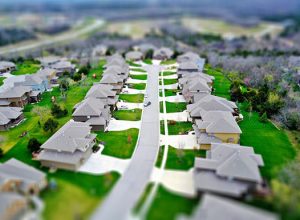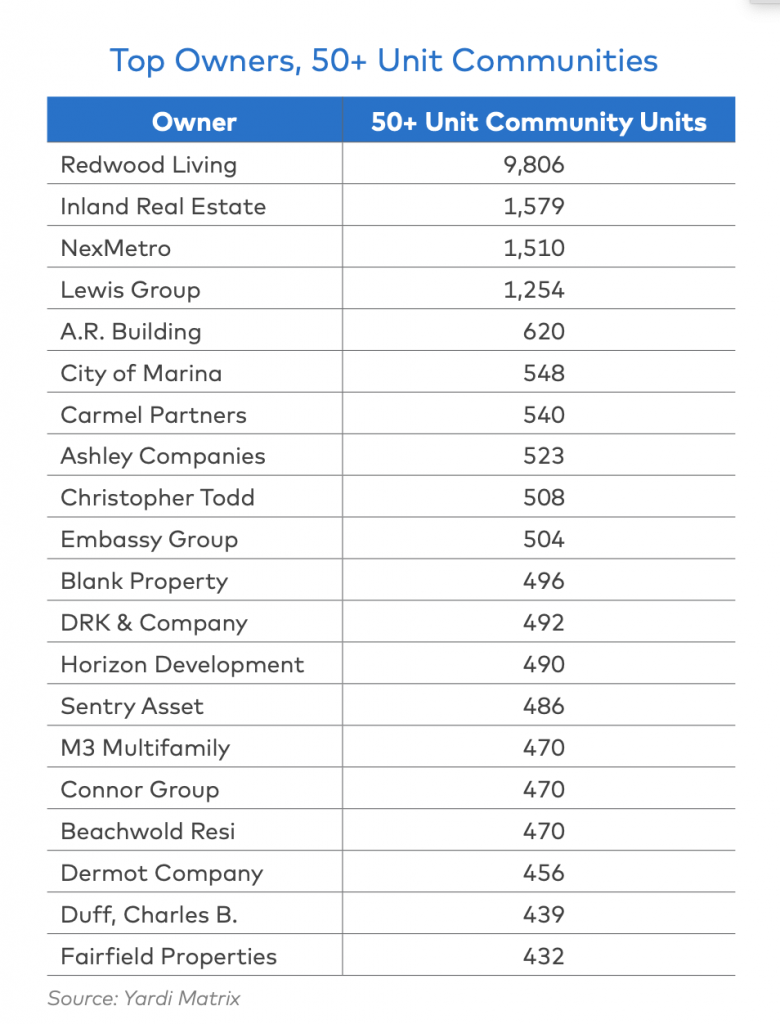 Single-family rentals have long been a major sub-product of the housing market, representing about one-third [1] of some 46 million rental homes in America. Almost all of such properties, an estimated 98% prior to the 2008 financial crisis, were owned by small-scale mom-and-pop-type landlords. In the ensuing years, institutions began buying in, yet remained but a sliver of the market. Now, the robustness of the housing market in the face of a novel economic crisis has made the single-family rental market, and thus the emerging build-to-rent sector, attractive to larger, institutional investors, as DS News has reported of late [2].
Single-family rentals have long been a major sub-product of the housing market, representing about one-third [1] of some 46 million rental homes in America. Almost all of such properties, an estimated 98% prior to the 2008 financial crisis, were owned by small-scale mom-and-pop-type landlords. In the ensuing years, institutions began buying in, yet remained but a sliver of the market. Now, the robustness of the housing market in the face of a novel economic crisis has made the single-family rental market, and thus the emerging build-to-rent sector, attractive to larger, institutional investors, as DS News has reported of late [2].
Conditions set the stage for new research and a report by YardiMatrix's Director of Research Paul Fiorilla and Senior Analyst Casey Cobb, who examine a market—"once an afterthought for investors"—that has grown during the pandemic as families seek "more space, fewer shared walls, and personal HVAC systems, all features offered in single family rentals," as the researchers put it. They add that investors have allocated $10 billion to the sector in the last few years.
Experts don't expect interest to wane anytime soon.
"Increasingly, the way institutions are growing their presence is to build their own communities. Some 12% of new single-family construction in 2021 is being done for rentals," John Burns Real Estate Consulting told the analysts. "With so much capital looking to invest in the sector and the demand for rentals rising, we would expect build-to-rents to increase rapidly for at least the next several years."
(Along with demand, rent nationwide is rising [3] faster than ever following a brief lull during the height of the pandemic.)
The authors explain why investment in single-family rentals has become more attractive than apartments during the COVID-19 era.
The pandemic and work-from-home gave young families motivation to leave urban apartments and seek out housing with more rooms and yards for children. Yet many families who wanted to live in suburban housing did not have the savings or desire to be homeowners. Some detached-home renters lack the means to qualify for a mortgage; others want the flexibility to move.
That created demand for single-family rentals at a time when large amounts of capital flowed to commercial real estate, particularly in multifamily. Acquisition yields for apartments, however, are in the 4% range in most markets. That led deep-pocketed investors who have capital and are looking for potential growth and/or high- yield segments to revisit single-family rentals. ... Merely having capital doesn’t solve the issue of scale, though. Since loan foreclosures remain rare, assembling portfolios must be done either through one-off home acquisitions or through new construction. An increasing number of SFR owners are opting to build single-family portfolios to rent.
Yardi's analysts and principals explain that—while many outlets mine housing market data for investors—the lack of market information and transparency is an impediment to SFR growth. Aiming to improve that situation, Yardi announced its own database of single-family rental communities. Its collection contains intel on more than 730 communities with 96,000 units "and continues to expand," they say.

Intel from YardiMatrix's new build-to-rent communities database
Yardi's research team says their database represents but a small percentage of the overall institutional SFR market, which encompasses roughly 1.5 million units. But it is a handy tool for investors, they say—"The data does provide a standard definition of what is and what isn’t SFR; performance of fundamentals such as rent and occupancy; valuations and sales data; a compilation of new supply (what’s in the pipeline and where); and a list of investors in the segment."
(DS News recently covered [4] another in-depth study on the SFR market and its subset which offered a useful effort "to codify the language around the product type.")
While SFR investment has proven ripe for returns, Yardi's authors point out that it is not without risk.
"The logic of the investment doesn’t make SFRs a slam-dunk. Managing vast pools of small assets remains a tricky endeavor that requires a specialized expertise," Fiorilla and Cobb note. "Institutional owners of SFRs need more than capital and willingness to succeed. Also required is efficient maintenance, technology adequate to manage and market properties, and the continued cooperation of economic trends. Not to mention that the SFR market has yet to be tested over a long period of time."
Yardi's latest build-to-rent report is available at YardiMatrix.com [5].
______________________________________________________________________________________________________________
Investors in build-to-rent communities and homes, as well as all single-family rental investors, are encouraged to attend this fall's Single-Family Rental and Investment Roundtable [6], part of 2021 Five Star Conference and Expo [7], September 19-21 at the Hyatt Regency Hotel in Dallas, Texas.